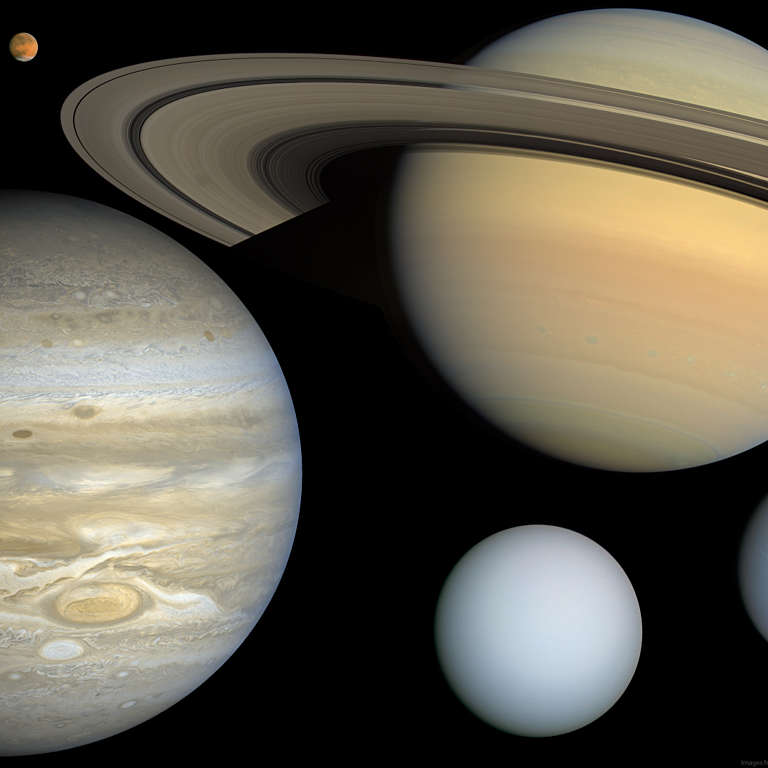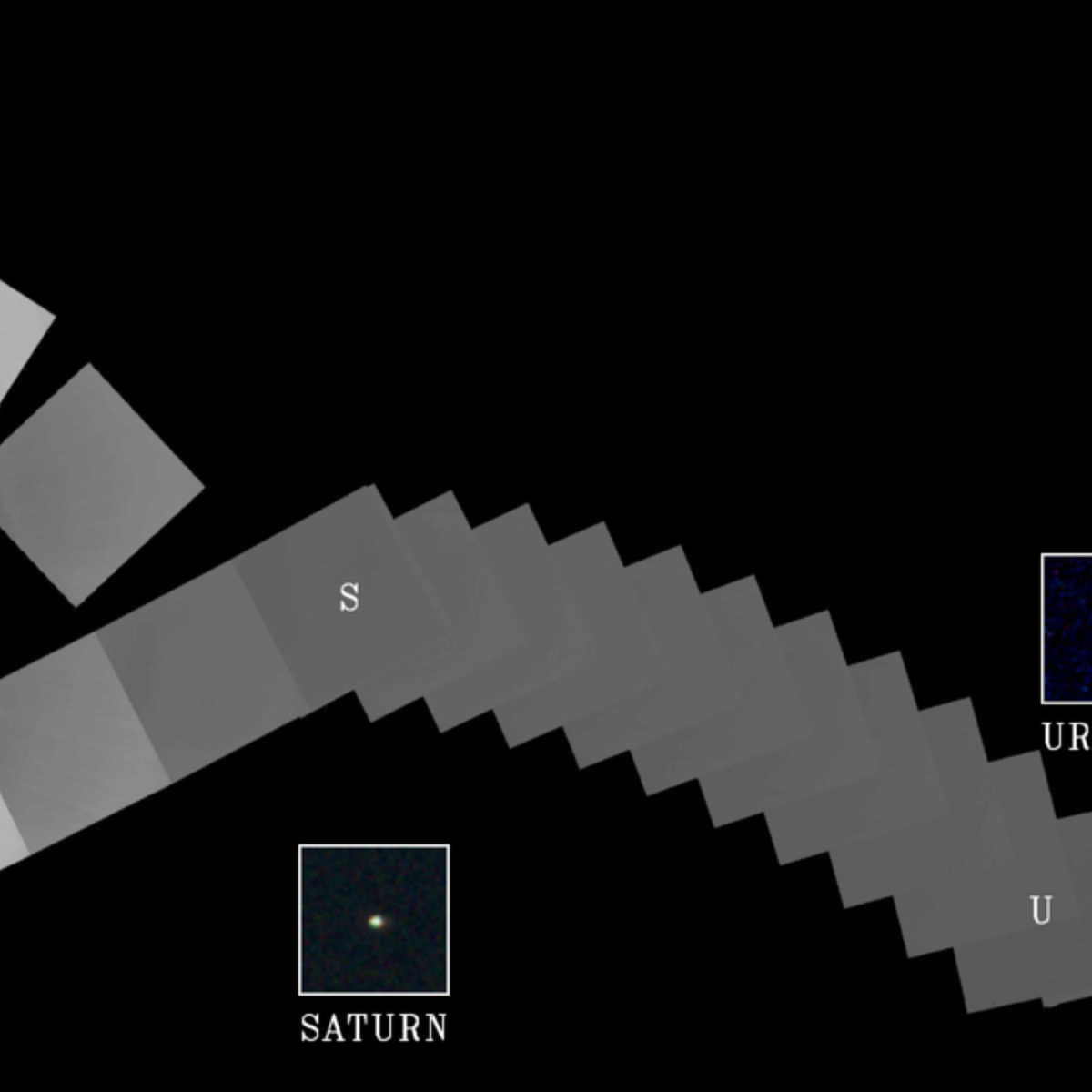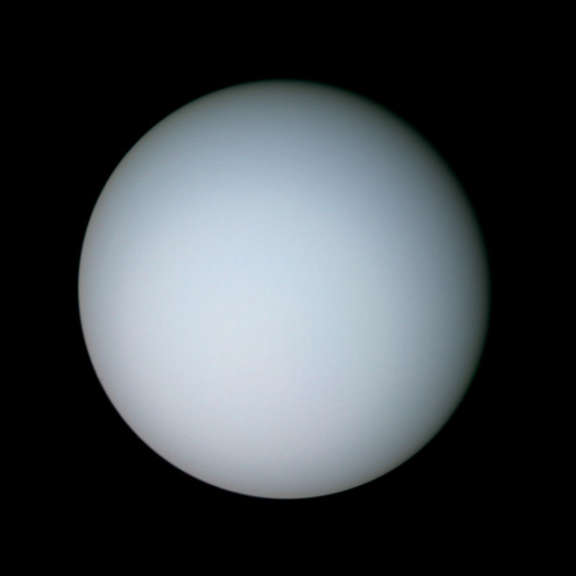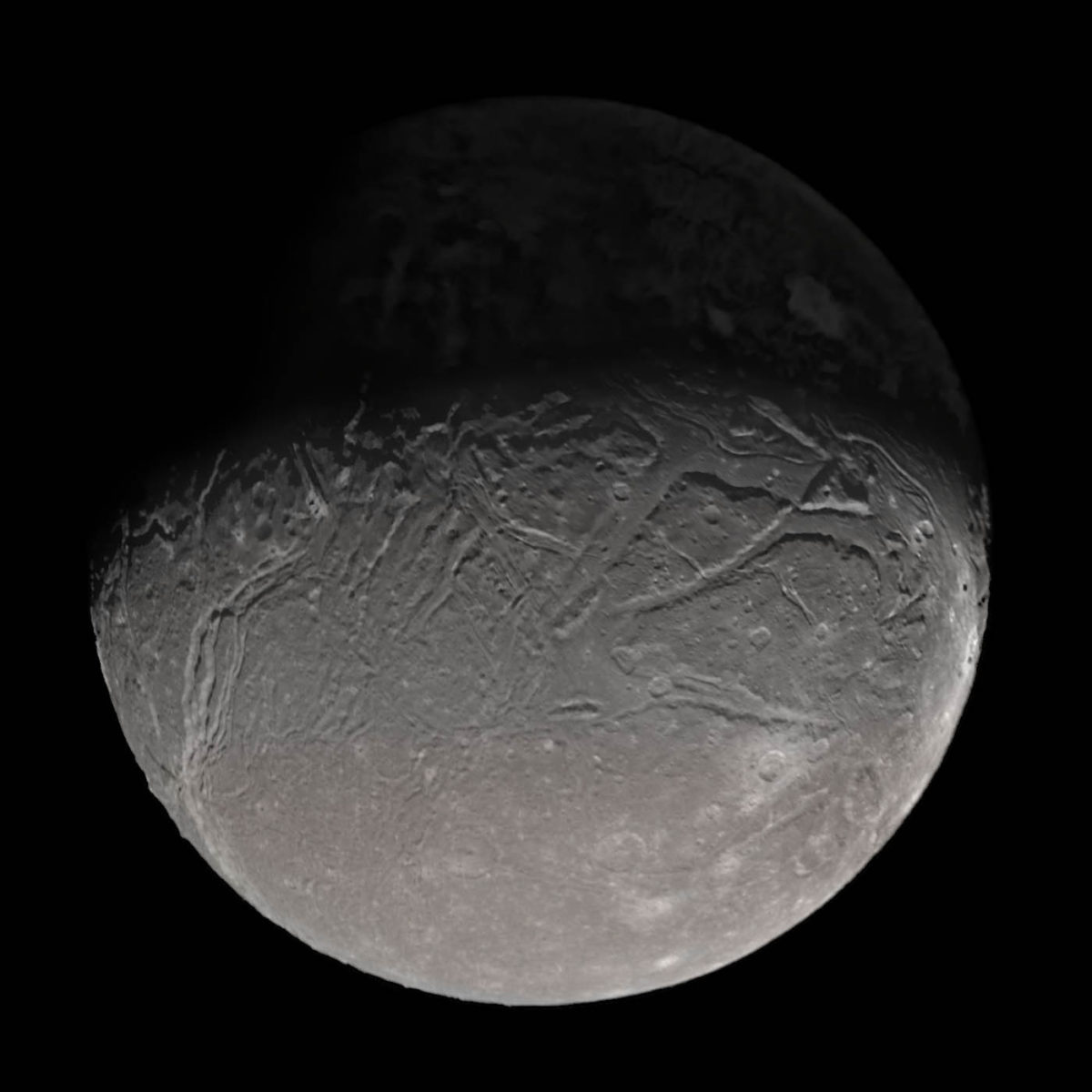All
All
Stories, updates, insights, and original analysis from The Planetary Society.
DPS 2012, Monday: Icy moons and a four-star exoplanet
In the first full day of the annual meeting of the Division of Planetary Sciences of the American Astronomical Society, I listened to scientific sessions on icy worlds and on an exoplanet in a four-star system.
Cure for the blues: processing images of a blue planet
I noticed today that I hadn't seen any amateur-processed versions of Voyager's departing shots of Uranus, so I decided to give it a try.
Following up the dark spot on Uranus
It was a surprise and delight to have our Icarus paper highlighted in Emily Lakdawalla's blog. Thanks for highlighting Uranus, since it has gotten, ahem, a bum rap over the years. Here's more about our discovery of the dark spot on Uranus.
New spots on Uranus
New Hubble photos show that Uranus has both dark and bright spots!
What do we know about planetary rings? Quite a lot, actually!
A summary of a new article by Matt Tiscareno about planetary ring systems that reviews the known ring systems of the four giant planets and the prospects for ring systems yet to be discovered.
Scale solar system presentation slide, a provisional version for you to review
I'm preparing a talk for the Pacific Astronomy and Telescope Show here in Pasadena on Sunday afternoon at 1:45. I have spent the morning putting together a slide that I have long wanted to have for presentations.
Congratulations to the Dawn team on their orbit entry & pretty pictures!
There's a new orbital mission on the map! As of Friday, the relatively small mass of the asteroid Vesta has finally taken hold of its new artificial satellite, Dawn.
Summer Sights of the Solar System
What can you expect to see if you look at the night sky this summer (2011)?
The scale of our solar system
Space.com has taken advantage of the infinitely scrollable nature of Web pages to produce a really cool infographic on the scales of orbital distances in the solar system.
A Planetary Society Trifecta
A Planetary Society trifecta -- that's what Neil Tyson calls this episode of his StarTalk radio show broadcast this week. His guests include the Society's Vice President, Heidi Hammel, and its Executive Director, Bill Nye, (along with the Society's friend, Steve Squyres, Principal Investigator for the Mars Exploration Rovers).
The Solar System from the Inside Out - and the Outside In
Space probes grant us perspective, the ability to see our place within the vastness of the solar system. But opportunities to see all of the solar system's planets in one observation are rare. In fact, there's only been one opportunity on one mission to see the whole solar system at once, until now.
Uranus and Challenger
In the past week there have been 25th anniversaries of two events in 1986, one great, one terrible: the closest approach of Voyager 2 to Uranus on January 24, and the explosion of the space shuttle Challenger upon liftoff on January 28.
Voyager Mission Status Bulletins: Jupiter and Saturn
Last week I posted a stack of Voyager Mission Status Bulletins, which were once the main resource for space enthusiasts to follow the dramatic events and photos of an in-flight space mission.
Hubble turns 20
Tomorrow is the 20th anniversary of the launch of the Hubble Space Telescope. It's hard to believe it's been going strong for so many years.
Planetary Society Advent Calendar for December 31: Uranus
Did you think I was going to skip Uranus? How could I?
Planetary Society Advent Calendar for December 28: Ariel
Here's yet another of the moons of Uranus for you: Ariel, a near-twin in diameter to Umbriel, but apparently with more interesting geology.
Planetary Society Advent Calendar for December 21: Miranda
Miranda is the one moon of Uranus for which we have very good images from Voyager 2, and that was a stroke of luck, because low-resolution shots of all of Uranus' moons would have told us that it was, geologically speaking, the most dramatic of the five biggest ones.
Planetary Society Advent Calendar for December 6: Umbriel
Umbriel is the darkest moon in a pretty dark place in the solar system, the Uranus system.
Planetary Radio Q and A: Not-so-gassy giants
On Planetary Radio's
What do we know about Uranus' moons? Part 2
Here is every single image of the last two moons discovered prior to the Voyager 2 encounter, Titania and Umbriel.


 Explore Worlds
Explore Worlds Find Life
Find Life Defend Earth
Defend Earth


 Sun
Sun Mercury
Mercury Venus
Venus Earth
Earth Mars
Mars Jupiter
Jupiter Saturn
Saturn Uranus
Uranus Neptune
Neptune Small Bodies
Small Bodies
















